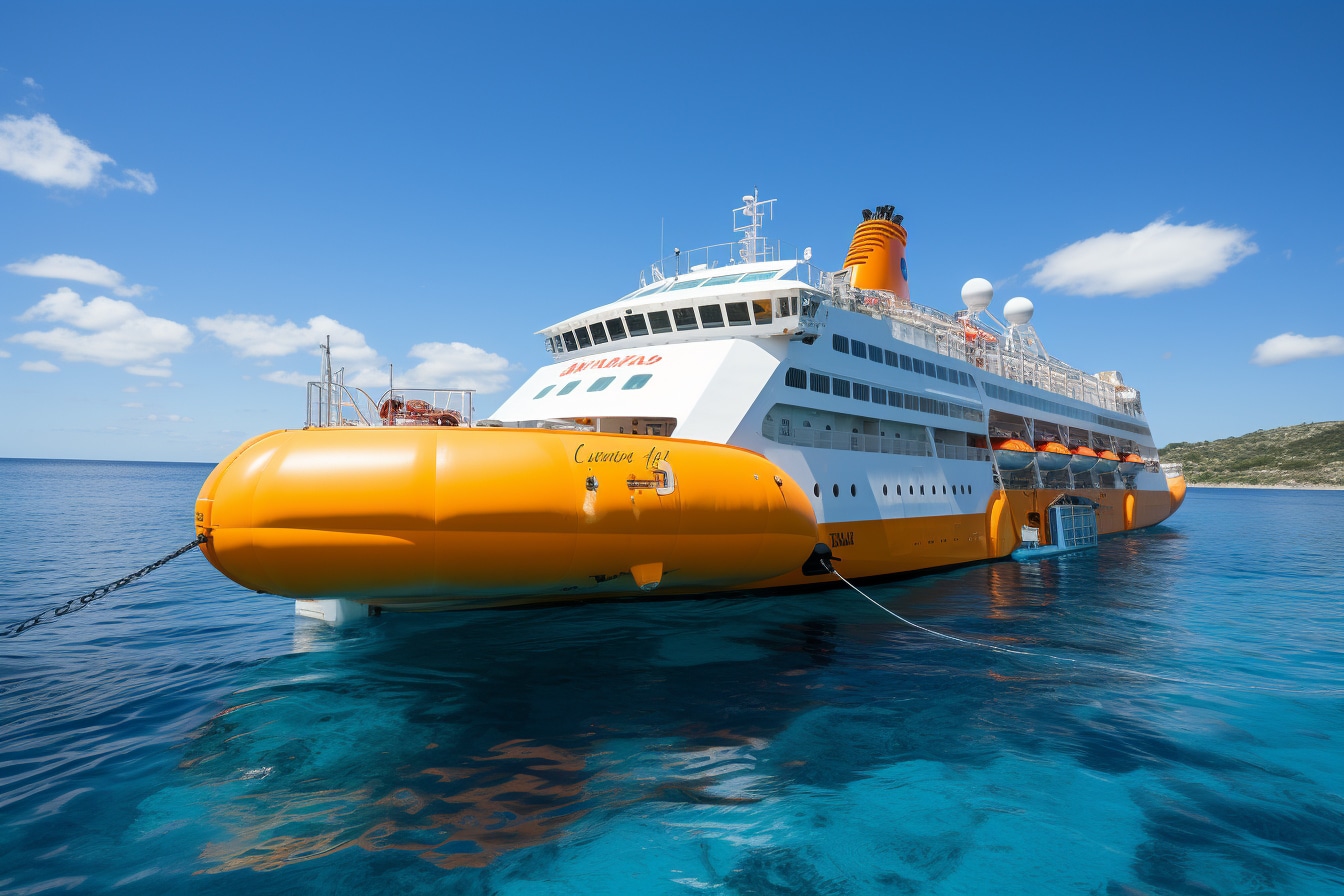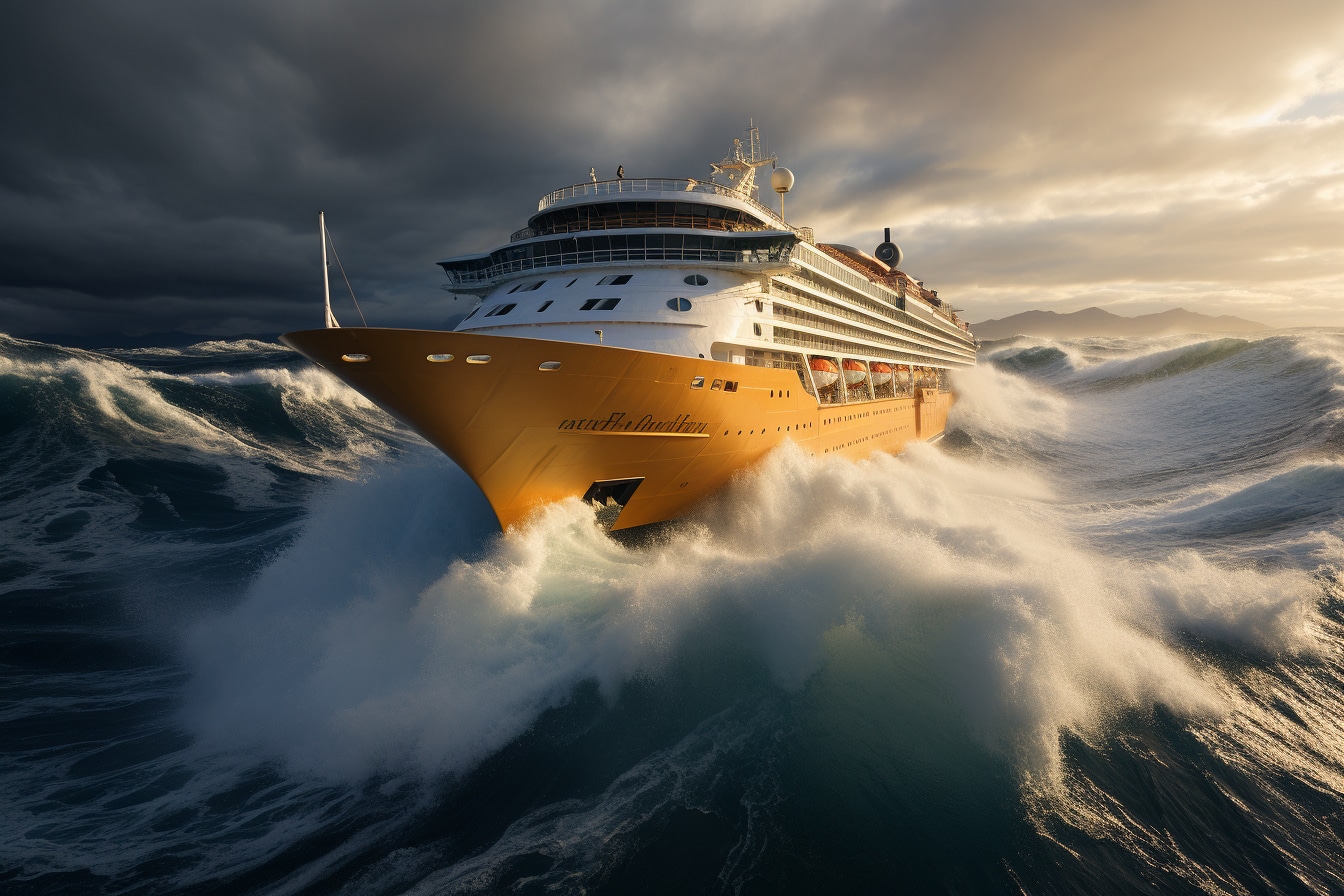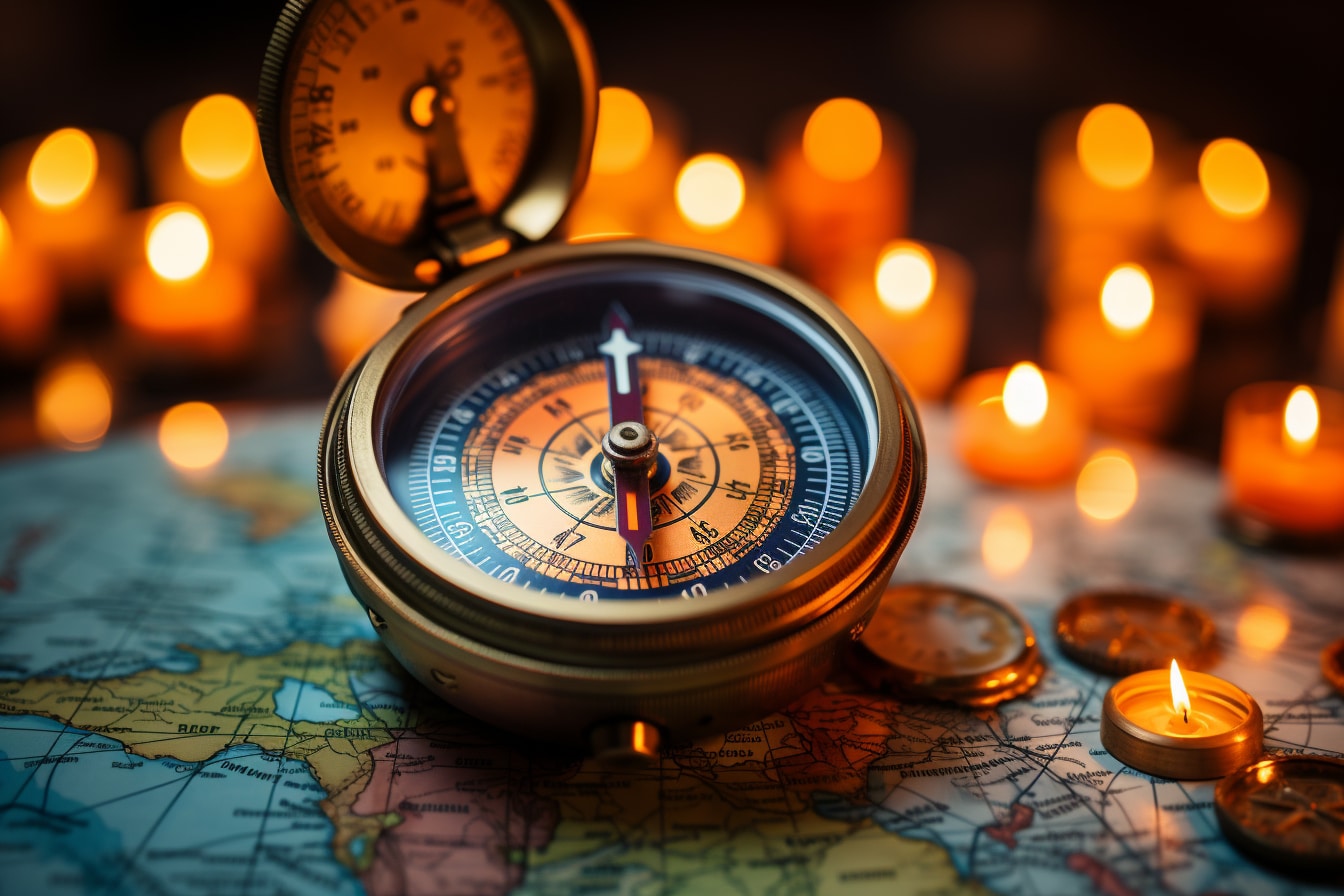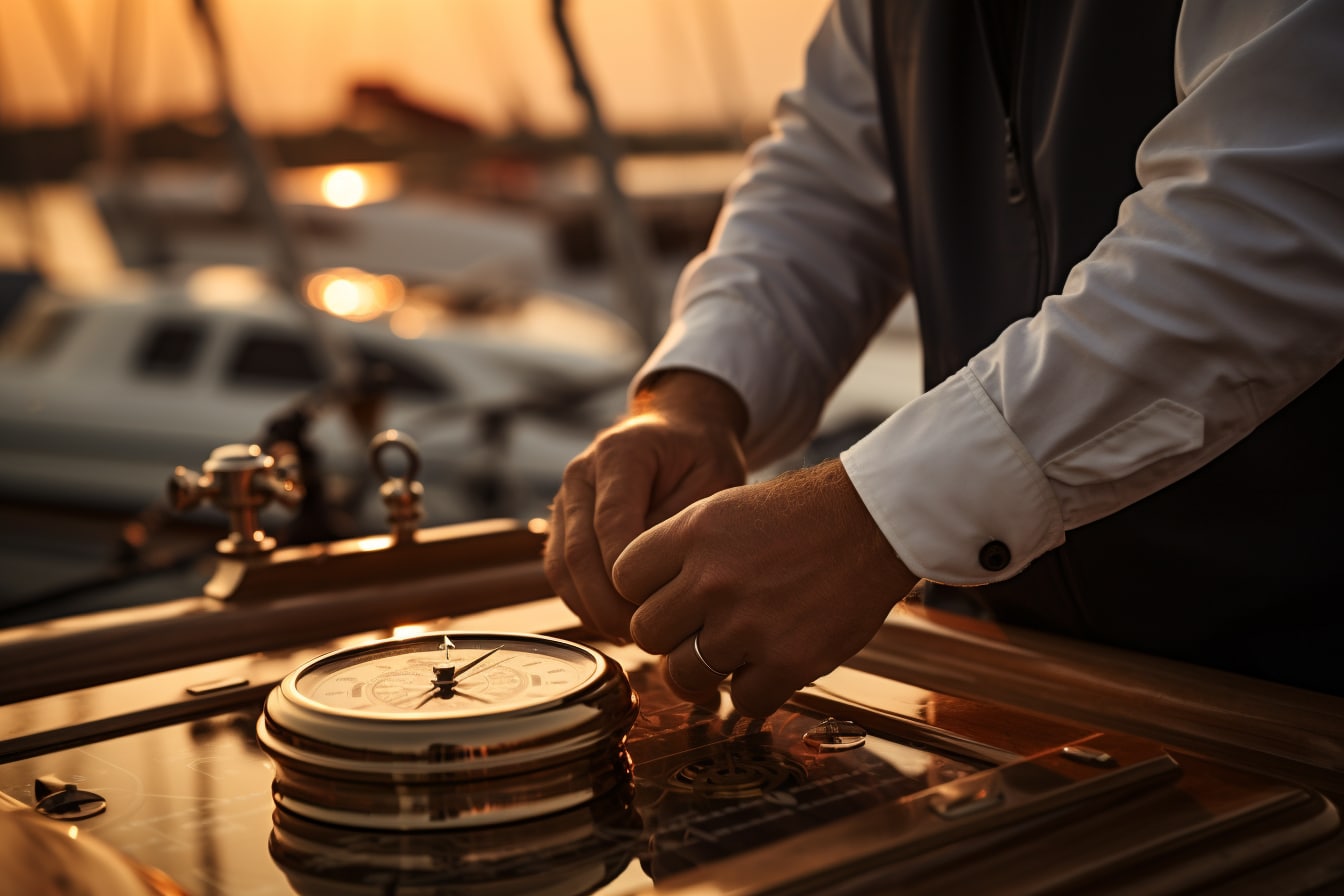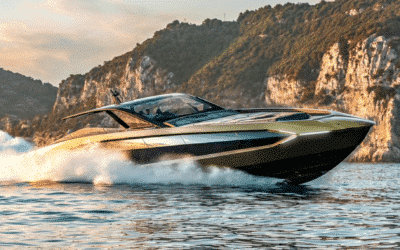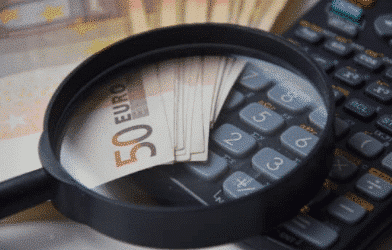Safety at sea is a crucial aspect of cruise planning. Whether you’re an experienced sailor or a novice, being prepared and following some basic rules can make all the difference between an unforgettable experience and a voyage fraught with danger and problems. In this article, we’ll explore best practices for ensuring your safety at sea.
Choosing the right equipment
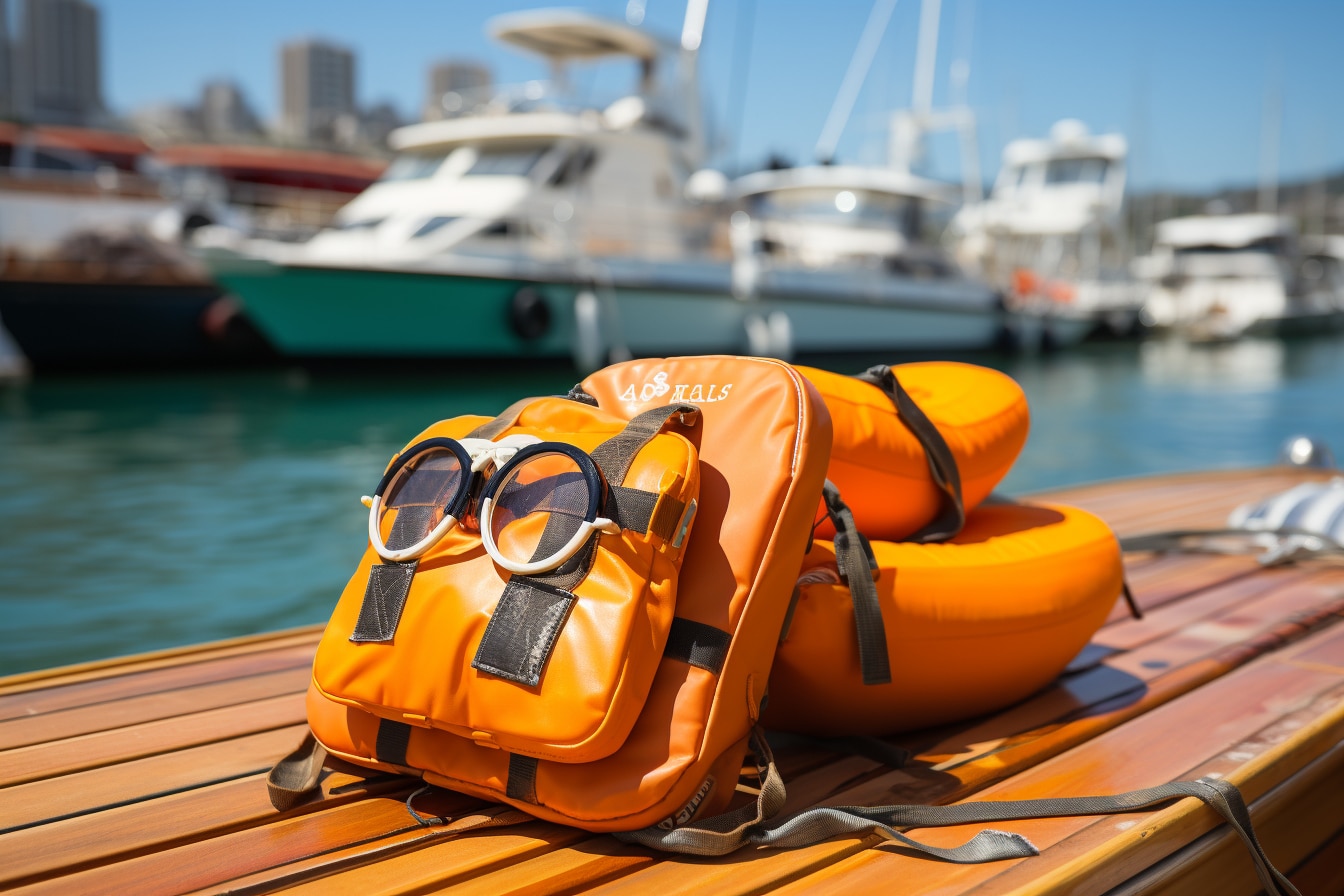
Choosing the right equipment is essential to guarantee your safety when cruising. It’s important to find out about the specific requirements of your destination and the type of boat you’ll be using. Here are some key points to consider:
Life jackets
Each passenger must have a lifejacket suited to his or her size and weight. Make sure they’re in good condition, easy to put on and comply with current safety standards.
Fire extinguishers
Fires can occur on board a ship, so fire extinguishers must be accessible and functional. Check their condition regularly and familiarize yourself with their operating instructions.
Communication equipment
In the event of an emergency, rapid communication with emergency services is essential. A satellite phone, a marine VHF and an AIS (Automatic Identification System) are essential to ensure your safety at sea.
Protecting yourself against the elements
Weather conditions can change rapidly at sea, so it’s crucial to be prepared for different types of weather.
Suitable clothing
Wear weather-appropriate clothing: waterproof and windproof layers, warm breathable clothing, hat or cap, polarized sunglasses and non-slip footwear. Don’t forget to take a first-aid kit with you, as well as appropriate sun protection.
Weather forecast
Check the weather forecast regularly before and during your cruise. Be prepared to change your route if necessary to avoid dangerous situations.
Safe sailing
Respecting navigation rules and being aware of potential hazards are crucial to safety at sea.
Nautical charts and GPS
Familiarize yourself with your boat’s charts and GPS so you can navigate with confidence. It is also advisable to carry a paper card in case of electronic failure.
Navigation zones
Stay within the recommended navigation zones and respect the beacons and marker buoys. Avoid safety hazards such as reefs, rocks and sandbanks.
Speed and distance
Observe speed limits in restricted areas and keep a reasonable distance from other vessels. Bear in mind that obstacles may lurk beneath the water’s surface, and it’s best to slow down if in doubt.
Training in first aid and emergency procedures
It’s essential to know first aid and emergency procedures so you can react quickly in the event of a problem.
First aid training
Take a sailing-specific first-aid course to learn life-saving techniques at sea: how to use a defibrillator, treat hypothermia or perform cardiac massage.
Evacuation and rescue exercises
Hold regular evacuation and rescue drills with your crew to make sure everyone knows what to do in an emergency. Learn how to use life-saving devices such as life rafts and buoys.
Preparing your boat before departure
Regular maintenance and pre-departure checks are essential to ensure safety at sea.
Regular maintenance
Maintain your boat regularly, especially critical components such as the engine, electronics and communication systems. Don’t forget to check sails, ropes and anchor points too.
Pre-departure check
Before each departure, carry out a complete check of your boat: oil and fuel levels, watertightness, correct operation of equipment and safety devices, etc. Don’t hesitate to postpone your departure if you notice a problem that could compromise your safety at sea.
In short, safety at sea requires meticulous preparation, proper training and constant compliance with navigation rules. By following these best practices, you’ll put all the chances on your side to enjoy a serene and unforgettable cruise.

